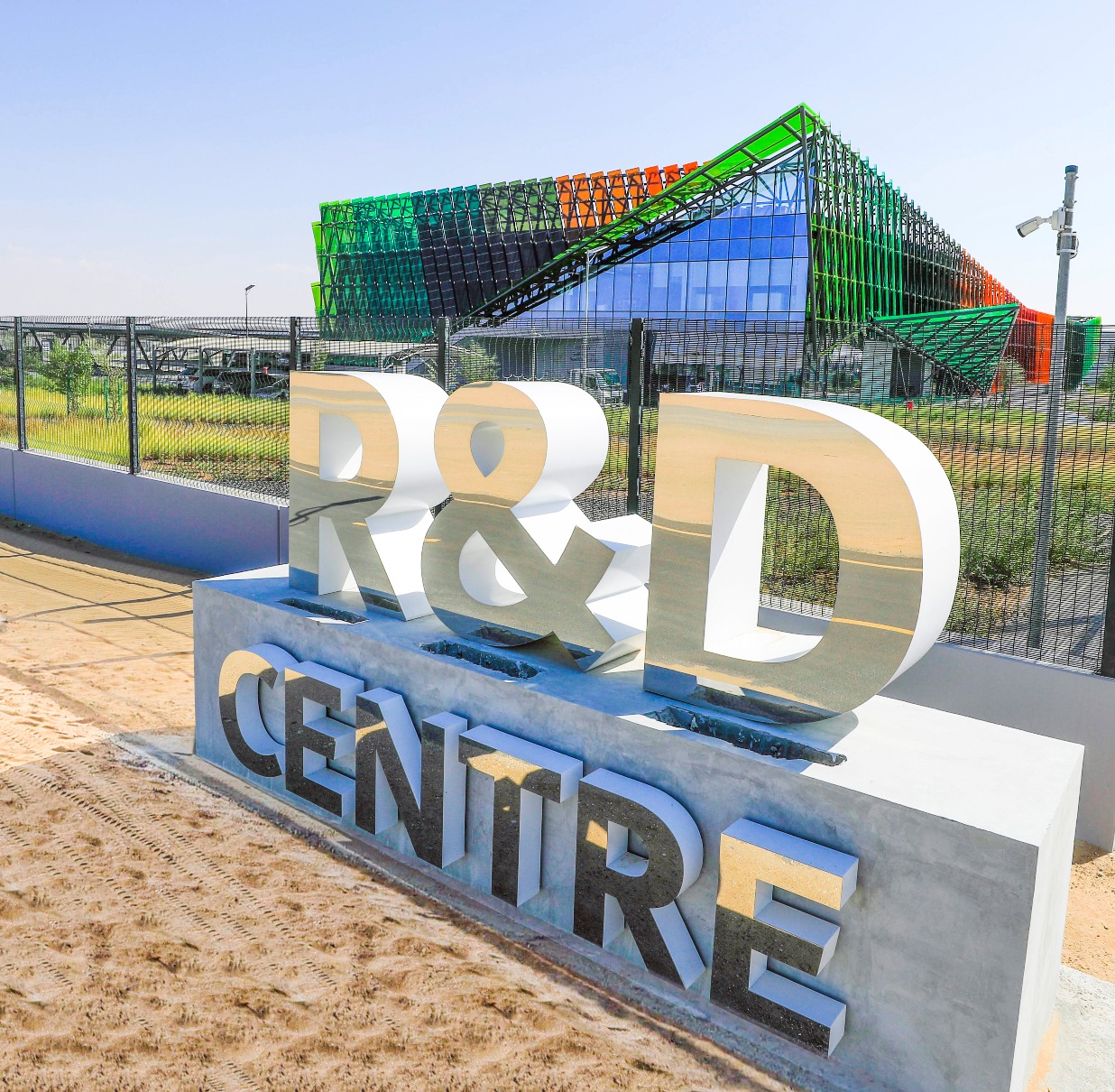DUBAI, UAE – Dubai Electricity and Water Authority (DEWA) ’s Research and Development (R&D) Center has developed an advanced, smart facility to simulate various leakage cases of water transmission pipelines.
This allows evaluation, development and testing of new leak detection techniques.
The center developed the facility using software and hardware, based on the concept of the Internet of Things (IoT), which allows for complete remote monitoring and control of the facility.
The facility includes smart transmission pipes equipped with sensors to monitor hydraulic indicators, collect data on water pressure, flow and temperature and control an IoT platform that stores data.
This data is used to train machine learning models to detect leakage events.
Based on experimental data using the facility, the developed algorithm was able to identify leakage events with 94.4 percent accuracy.
Further experimentation is ongoing to improve algorithms for leak detection in water transmission pipelines and test sensors.
MD and CEO of DEWA Saeed Mohammed Al Tayer said that the new facility strengthens DEWA’s leadership and global excellence in reducing losses in water networks.
Al Tayer affirmed the role of the R&D Center in developing DEWA’s smart grid and the disruptive technologies of the Fourth Industrial Revolution to provide world-class services that enhance the quality of life in Dubai and maintain the organization’s position at the forefront of global utilities.
“DEWA adopts the latest technologies in the generation, transmission and distribution of electricity and water networks. It applies the best global practices in all its projects to raise production and operational efficiency,” Al Tayer said.
“DEWA has made significant achievements in developing its water network to enhance its efficiency and reliability as well as raise the amount of water flow to keep pace with the prosperity of Dubai, and provide its services to more than one million customers according to the highest standards of quality, availability, reliability, and efficiency,” he said.
“DEWA’s results surpass major European and American utilities in several key performance indicators,” he added.
Al Tayer said, “Line losses from electricity transmission and distribution networks were reduced to 2.2 percent compared to around 6-7 percent in Europe and the USA.”
He said, “Water transmission and distribution network losses were also reduced to 4.5 percent compared to about 15 percent in North America.”
He added, “DEWA has achieved a new world record in electricity Customer Minutes Lost (CML) per year.”
Al Tayer said, “Dubai recorded 1.19 minutes per customer, compared to around 15 minutes recorded by leading utility companies in the European Union.”
Waleed Bin Salman, Executive Vice President of Business Support and Excellence at DEWA, said, “Cooperation between the R&D Center and the various divisions of DEWA helps to test technologies, patents and programs developed by the Center, and to identify aspects that need to be improved to achieve further positive results.”
He said, “The innovations are also being tested in various labs at the center, such as the labs for solar energy, IoT, robotics and drones, advanced materials and characterization, additive manufacturing and others.”








